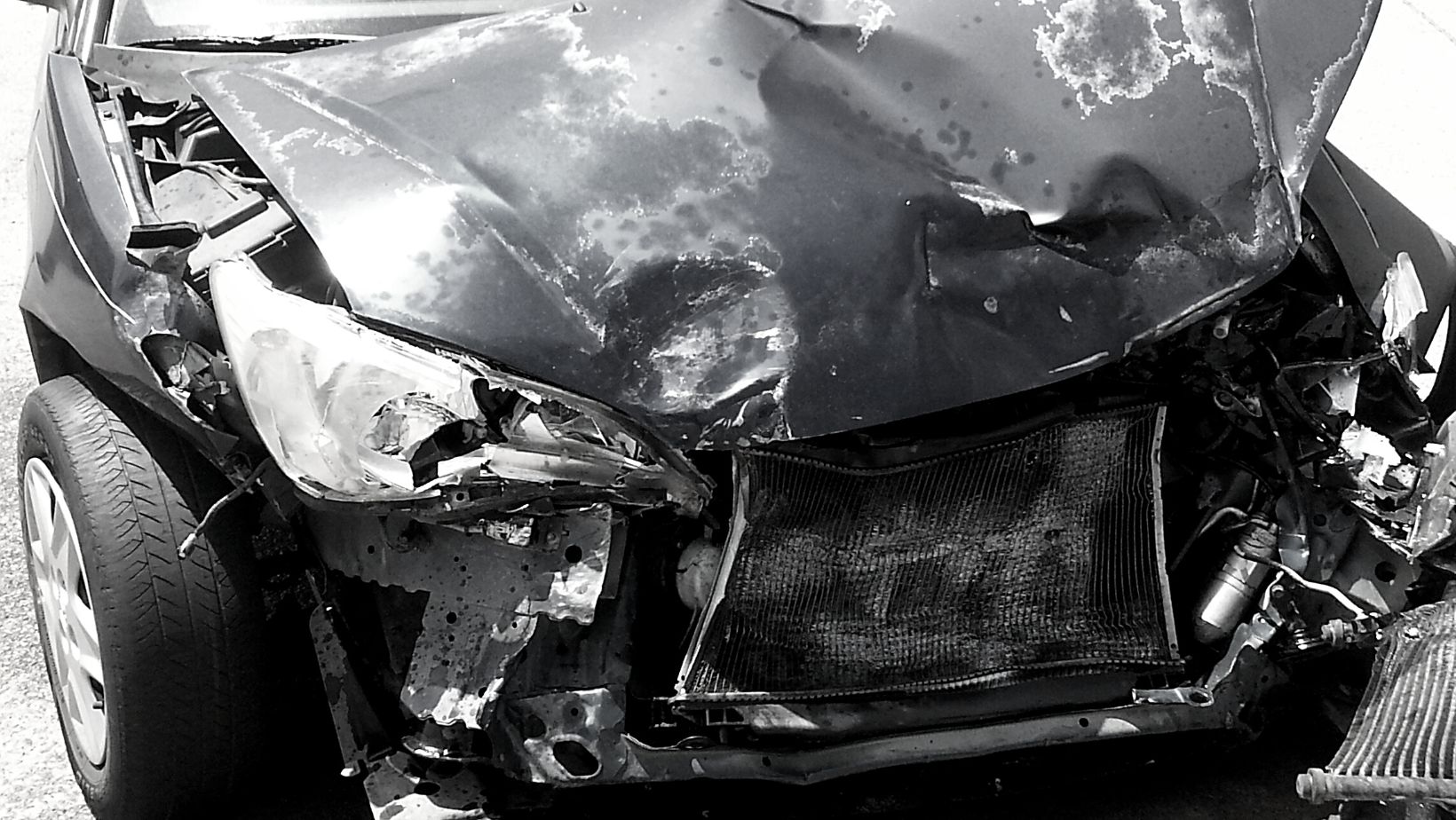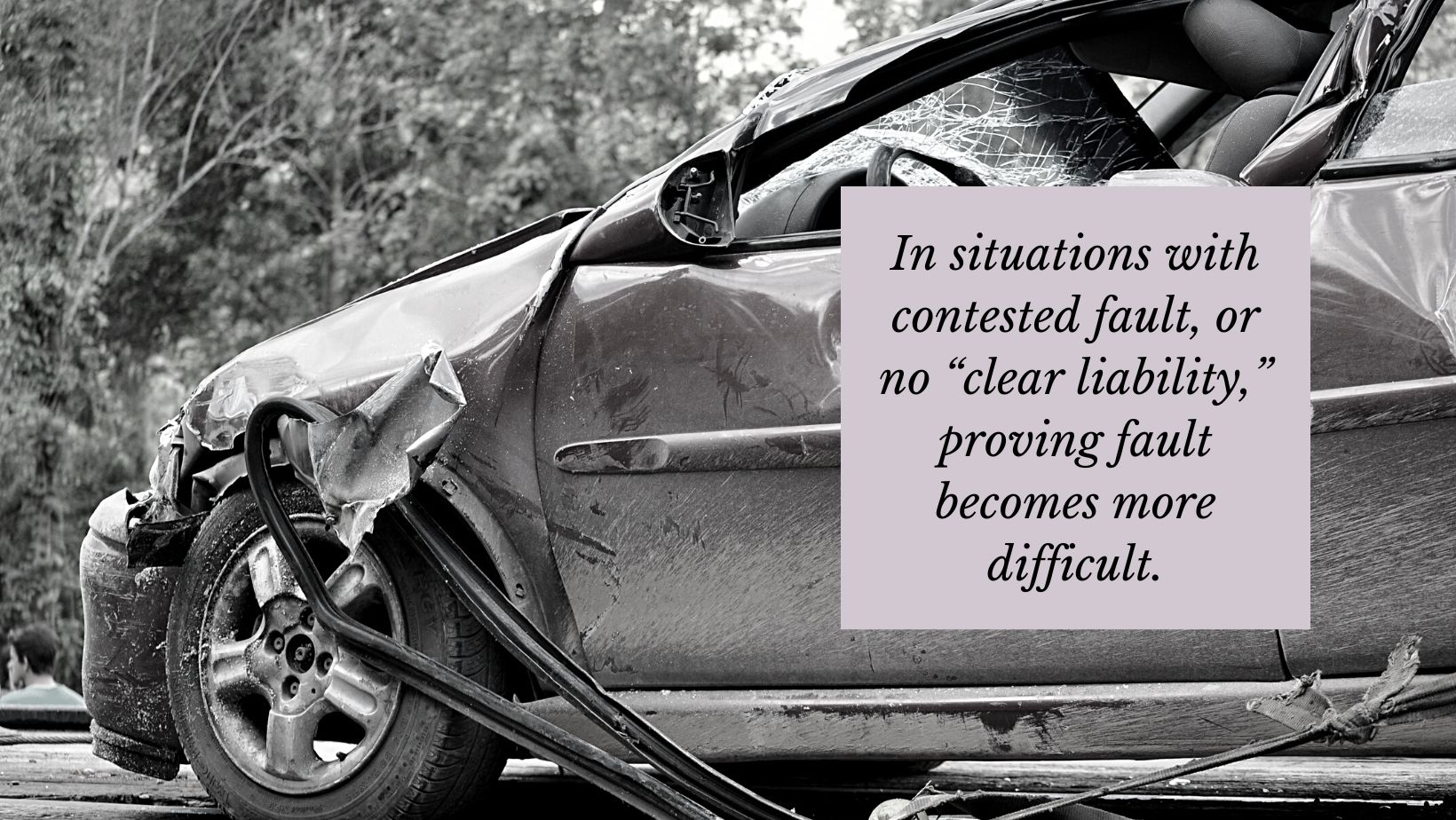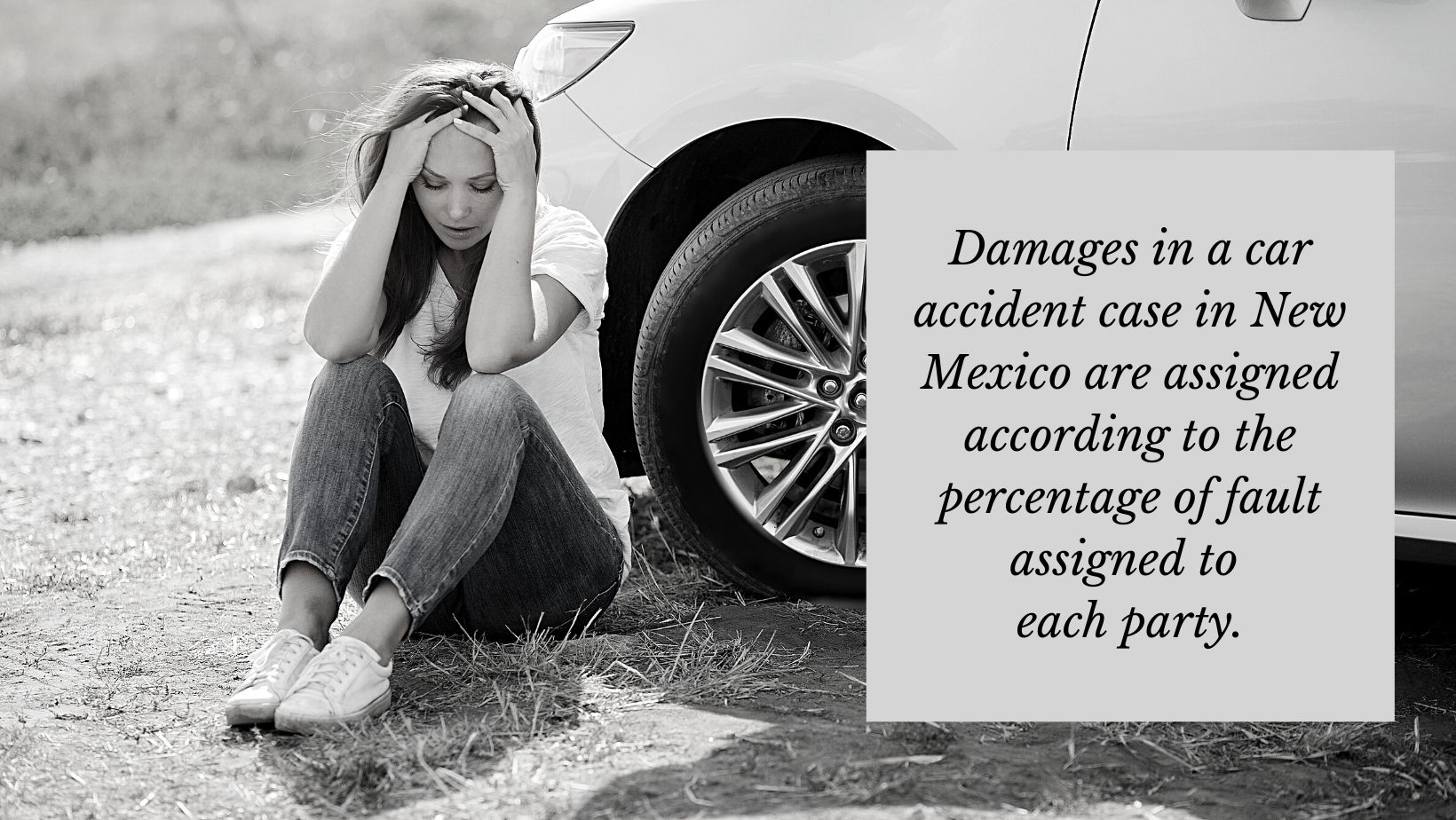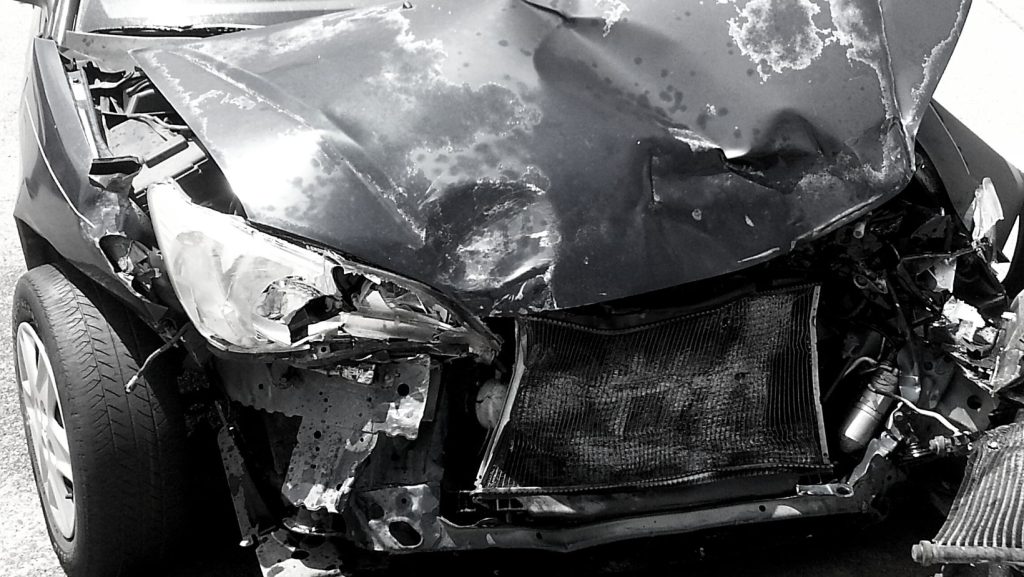You’re sitting at a stop sign one day when *boom*, another car slams into yours. Or, you’re having a particularly bad day, you look down at your phone for a moment, and suddenly you’re the one hitting a parked car at a stop sign. In cases like these, fault can be pretty straightforward. However, the reality is that not all car accidents are so clearly the fault of one party or another. Depending on the state in the US, the way fault is assigned in an accident can vary. New Mexico, like all other states, takes car accidents seriously, and dealing with the aftermath of a car accident can require a thorough understanding of the law.
 Image by Canva.com
Image by Canva.com
How is Fault Determined in New Mexico?
Fault in a car accident is in many ways like fault in real life. The person who caused the problem is at fault for the accident. Some states are so-called “no-fault” states. In these states, all drivers must carry Personal Injury Protection (PIP) insurance, which covers their own medical bills in the event of an accident. Consequently, neither party can be held responsible for the medical issues caused by an accident, resulting in a situation where no one is at fault. Property damages can still result in an at-fault determination in these states.
New Mexico is a “fault-based” state. Fault is assigned according to drivers’ mistakes leading up to the accident. In some situations, that will result in one party being responsible for the entirety of the accident. However, reality is rarely so clean, and as a result, there is often some mixture of fault assigned between the two parties. When fault is determined in this way, it’s common to see splits of 80/20 or 60/40 between the two drivers. Even if you’re determined to be partly at fault in an accident in New Mexico, you’re still eligible for recovery, though it will be reduced by your proportional contribution to the accident.
Clear and Contested Fault
In some situations, like rear-end collisions, right-of-way violations (such as someone crossing the center line), or someone driving drunk, there is only one party who could possibly be at fault. In these situations, there is “clear liability.”
Of course, knowing exactly who is at fault in a car accident is not always cut and dry. In situations with contested fault, or no “clear liability,” proving fault becomes more difficult. In New Mexico, the following five elements are used to prove that a driver is at fault in a car accident:
- The at-fault driver owed a duty to the victim
- The at-fault driver breached that duty
- That breach of duty directly caused the accident
- Any injuries were a direct result of the accident
- The victim suffered provable damages or injuries
 Image by Canva.com
Image by Canva.com
In many circumstances, it can be hard for the police to sort out the truth in the aftermath of a car accident, especially if the two drivers have differing accounts of what transpired. It’s important that they collect evidence shortly after the accident to help determine fault at a later date. This can include but is not limited to witness statements, traffic or surveillance footage, skid marks and vehicle damage, accident reconstruction reports, and the final police report that will be created based on the facts at the scene.
It’s critical that you collect this information, or have someone collect it on your behalf so that you can satisfy the five elements that New Mexico uses to determine fault. Without that evidence, it can be impossible to prove your case conclusively, and it could result in an unfavorable judgment. It’s a good idea to contact an attorney immediately after a serious accident so that they can help you collect the evidence you need to make the best case possible.
Damages in a Car Accident Case
Damages in a car accident case in New Mexico are assigned according to the percentage of fault assigned to each party. In legal terms, this is known as “pure comparative negligence.” So, if you were 30 percent at fault for an accident, and you were awarded $100,000, you’d be able to collect 70 percent of that amount, or $70,000. In most cases, there is no limit on the damages that can be collected in a car accident case. However, injury claims against the state government are capped at $400,000. In the event that the government caused your accident, you could see your damages capped at that amount.
 Image by Canva.com
Image by Canva.com
Damages can take a variety of forms, but there are a few that are most common in car accident cases.
- Property Damages
Property damages cover the damage done to your car, as well as any other personal property that was damaged in the accident.
- Medical Expenses
Medical expenses cover the cost of medical expenses that result from an accident.
- Lost Wages
If an accident forces you to miss work or causes you to lose your job, damages can be sought for lost wages.
- Pain and Suffering
If an accident causes mental anguish, damages can be sought for pain and suffering.
- Punitive Damages
Finally, if the other driver was operating their vehicle maliciously or with reckless disregard, you may seek punitive damages.
Get Help with Your Car Accident in New Mexico
Hopefully, you never end up in a car accident. However, if that unfortunate event does happen, it’s important to seek legal advice. Your lawyer will be able to assist you in collecting evidence, know important things like when it’s too early to settle and help you get the best possible outcome. Still, one of the things that most people don’t realize when hiring a lawyer is that they can help you understand the process, including the timeline and most likely outcomes. When you may be recovering from serious injuries or grieving the loss of a loved one, having someone in your corner to help guide you through the process can be worth its weight in gold.
Please note that this article was created for advertisement purposes, and it does not constitute any contractual legal relationship, nor imply one.
